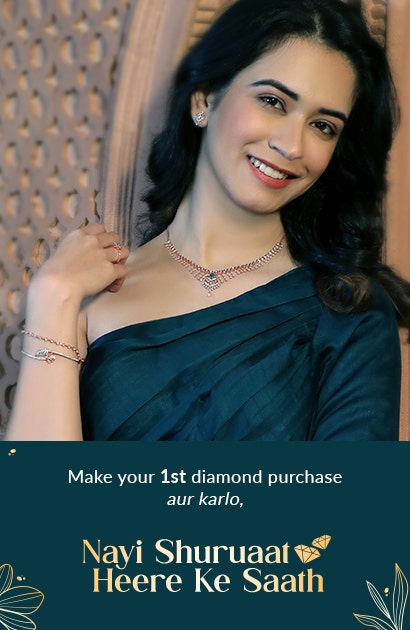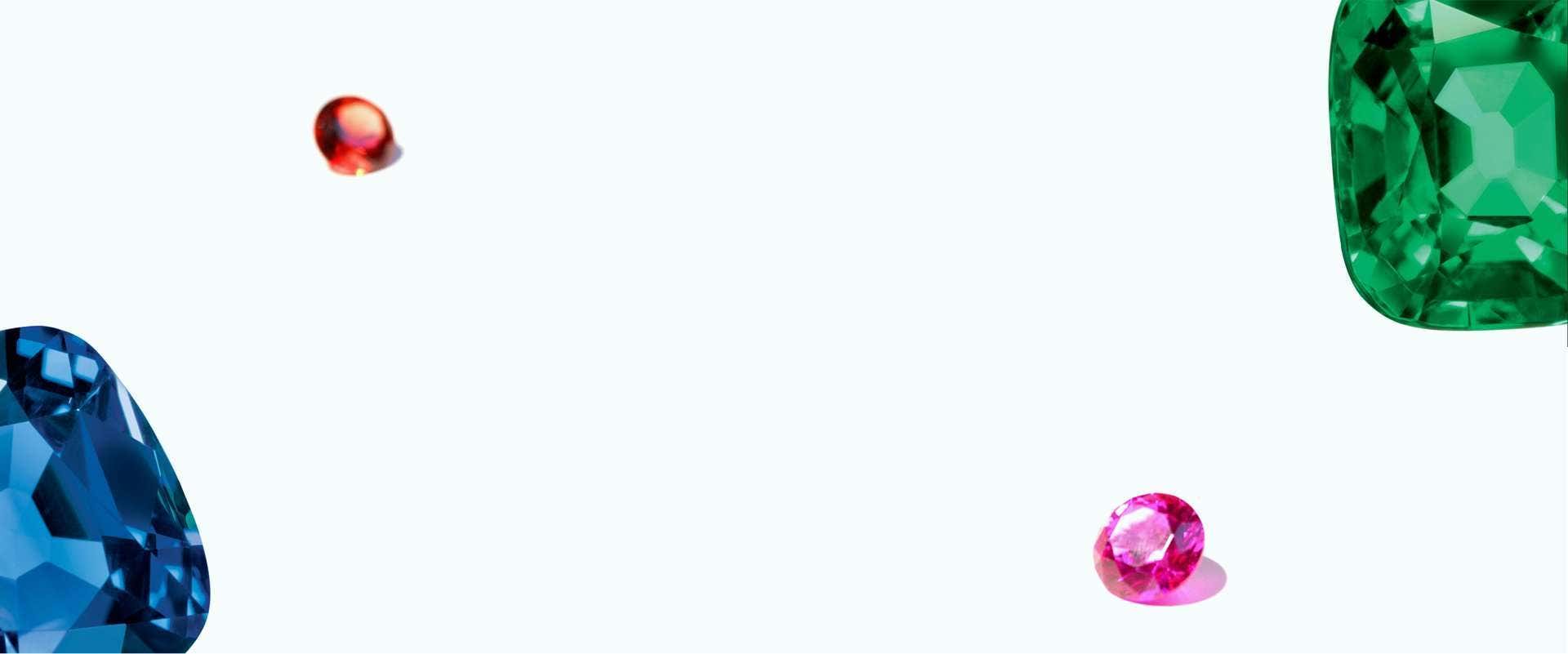

WHAT ARE BIRTHSTONES?
Birthstones are gemstones that have been associated each with one month of the year representing a person’s birth month or zodiac. Some gemstones are said to represent the nine planets and are labelled as Astrological stones. Either of which is allegedly said to aid in various issues of health, fortune, love and luck as they reduce or enhance the effects of planets on the individual. However there is no clear proof of this. Astro-gems are associated with 9 planets and have a substitute each however Birthstones are assigned to the months, where is it possible to have more than one birthstone for a given month.
GEMSTONE COLOR:
HUE


HUE: Hue is the predominant color of the gemstone. The basic colors of the spectrum account for hue.
TONE


TONE: The types of shades available in a stone are its tone. For instance, a dark blue gemstone can be ink-blue, royal-blue, pale-blue, greyish-blue, purplish-blue, blue-black so on and so forth.
SATURATION


SATURATION: The intensity of the gemstone color is its saturation. Saturations can sometimes increase or decrease the price of a gemstone.
GEMSTONE CLARITY:
Gemstones have naturally occurring inclusions in the form of cloud or crystals, these can often help you determine the authenticity of a stone. In some cases these inclusions can become part of the gemstones beauty like in case of turquoise or lapis lazuli.
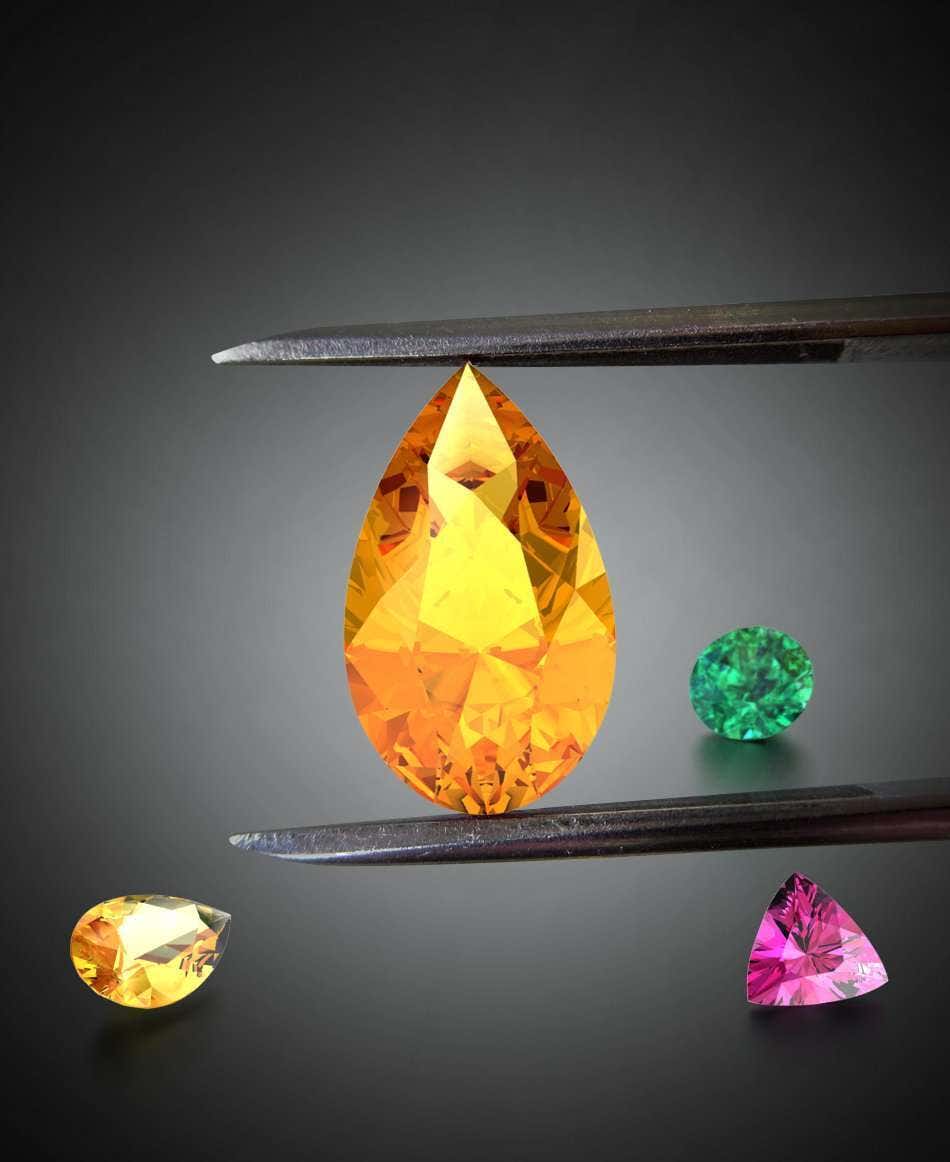

GEMSTONE CUT:
For any precious or semi -precious stone the superiority of one stone over the other depends fairly on its cut and ability to reflect and refract light. In case of transparent and translucent gemstones this is an important factor. For opaque stones, light does not penetrate the stone, hence the symmetry, visible facets and overall polish of the gemstone measure its quality and selling price.
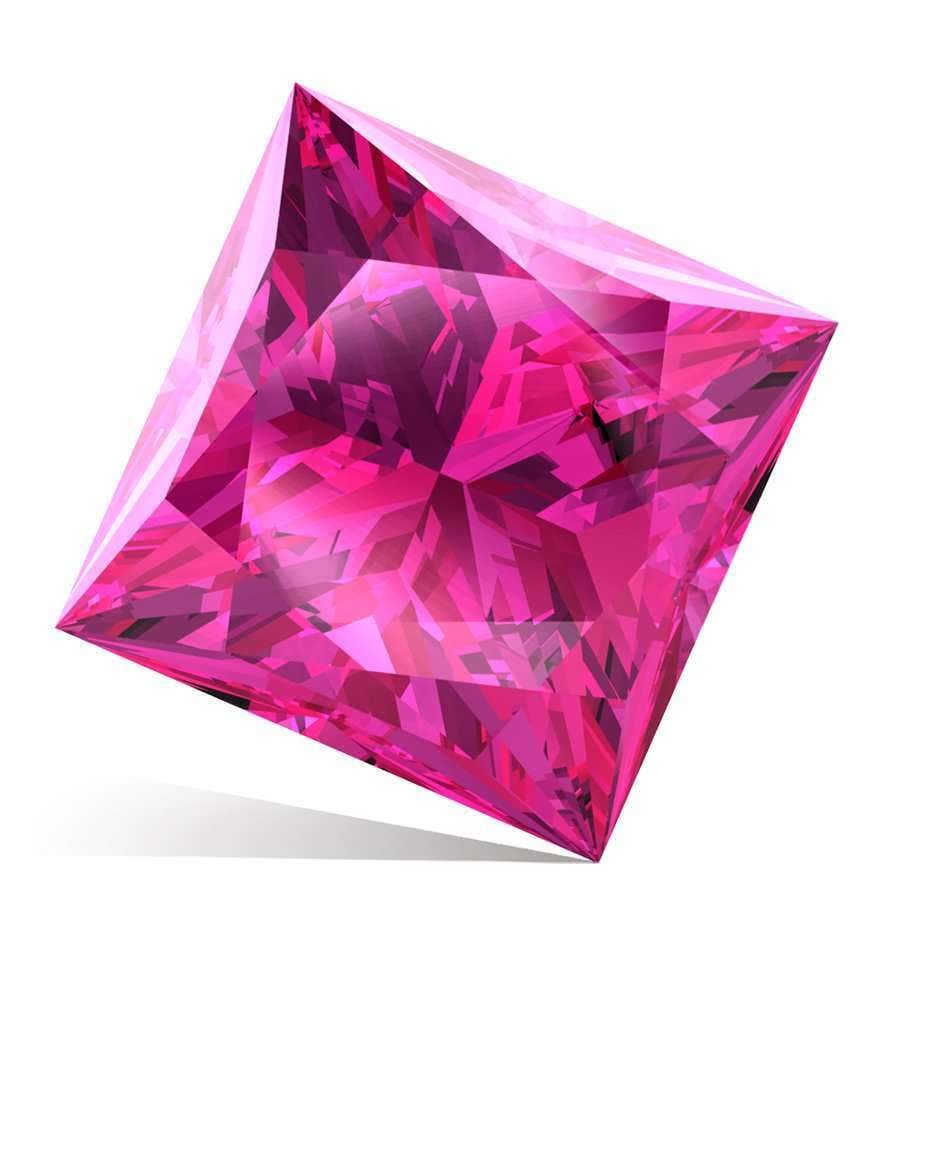

GEMSTONE SIZE:
Like any jewellery products, a larger piece costs higher than a smaller one. The size increases the density of the stone which is directly proportional to the cost and value of the gemstone. The gemstone’s size is usually measured visually in millimetres and its weight is measured in carats. In India gemstones are measures in ‘rati’ , a Sanskrit word describing the weight of gemstones. One rati is equal to 0.91carats (1 Rati = 0.91ct).
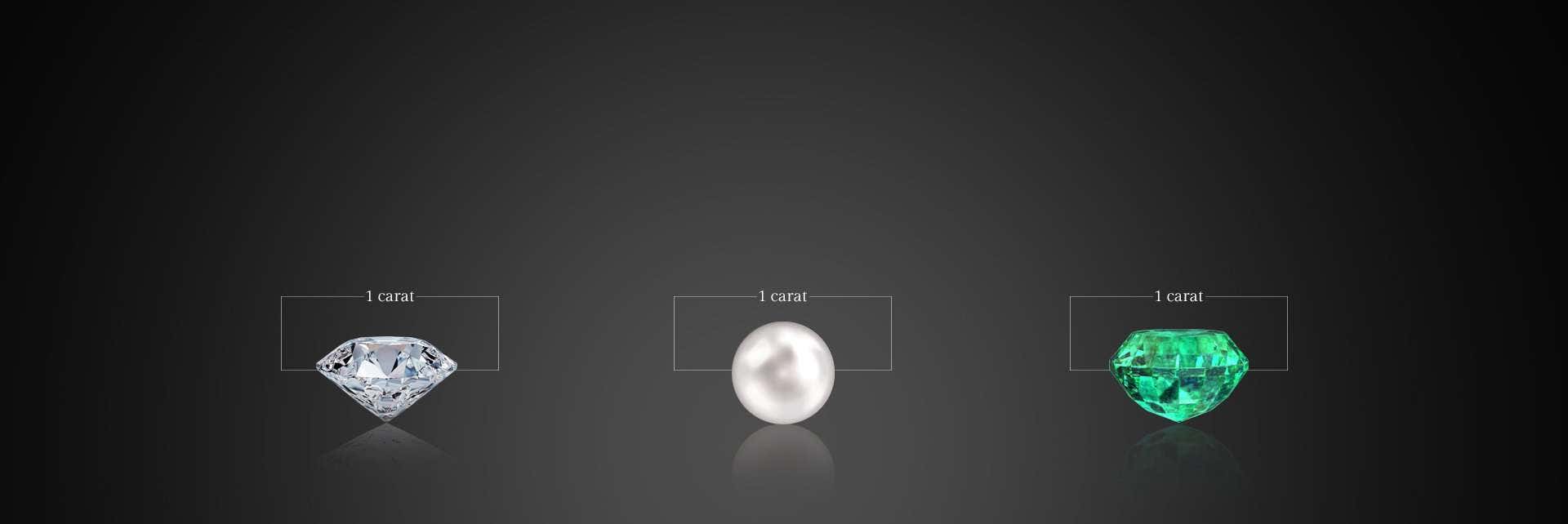
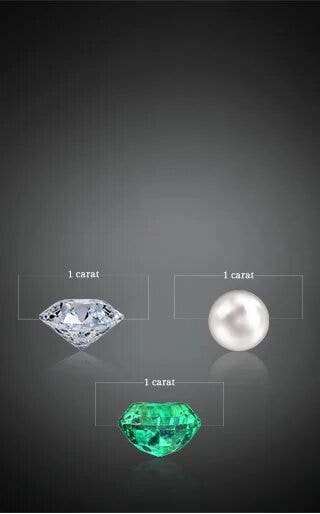


PRECIOUS GEMSTONES:
Gemstones fall under two categories, precious and semi-precious: Let us find out the range of precious gemstones and why they are called so. During different times in history pearls were considered most precious, although it lost its importance with the increase of cultured pearls and gradual disappearance of naturally occurring pearls. Alexandrite too is a precious/semiprecious stone for it color changing properties and rarity; its importance remains undecided. Tanzanites are also extremely rare gemstones as they are available in only one place on earth; Mt.Kilimanjaro. Anyhow, irrespective of these interesting facts technically there are only 4 precious gemstones; Ruby, Sapphire, Emerald and Diamond.
Login
To enjoy a seamless experience while shopping



















